
7 reasons to use SharePoint for policy management
If your organisation is using Microsoft 365 or SharePoint on-premises, then it makes sense to leverage the power of SharePoint to help better manage your policy documents.

If your organisation is using Microsoft 365 or SharePoint on-premises, then it makes sense to leverage the power of SharePoint to help better manage your policy documents.
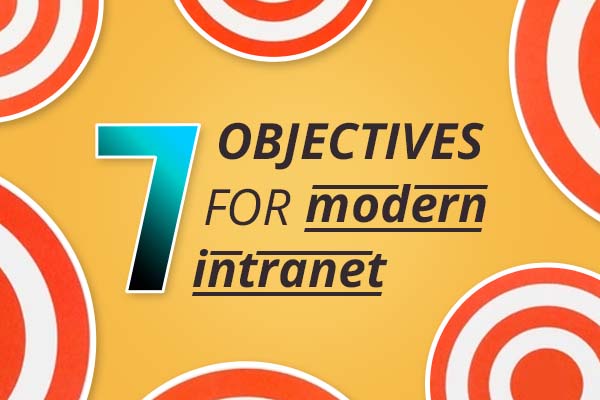
Modern intranets have an important role to play in 2022, driving strategic value for your organisation and assisting employees in their day-to-day work.
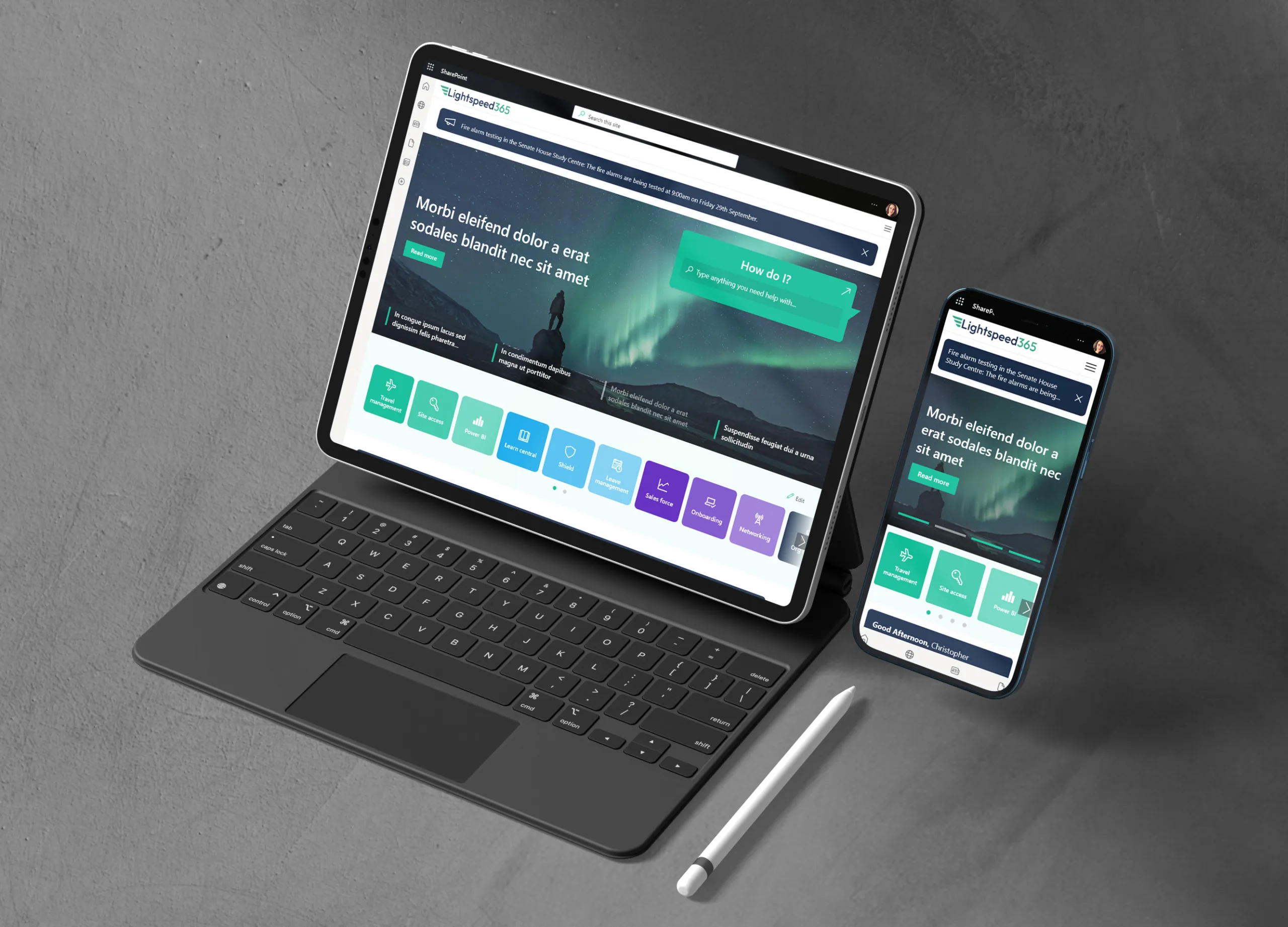
Transform your SharePoint and Teams with Lightspeed365. Easily create a beautiful, powerful employee intranet for enhanced collaboration and efficiency.

Employee onboarding is a key process in employee experience, and can make a tangible contribution to talent retention. SharePoint is a strong foundational technology to design onboarding experiences and deliver related content and features.
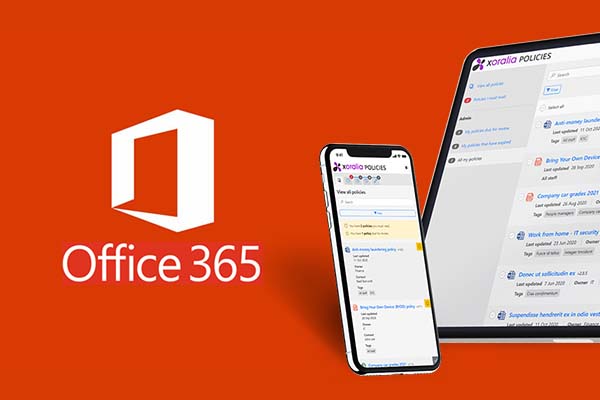
The backbone of most intranets is Office 365/Microsoft 365, so it’s unsurprising that clients asked us how to deliver policy management within Office 365

We’re going to explore the main objectives of an HR intranet, and run through the typical features and content that support them.
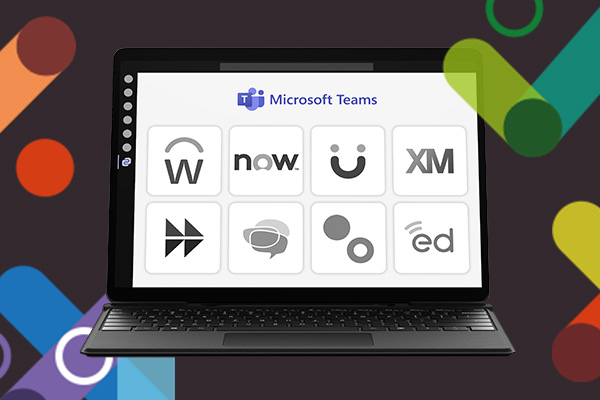
In this post, we’re going to explore some of the key takeaways from what proved to be a highly valuable deep dive into Microsoft Viva.
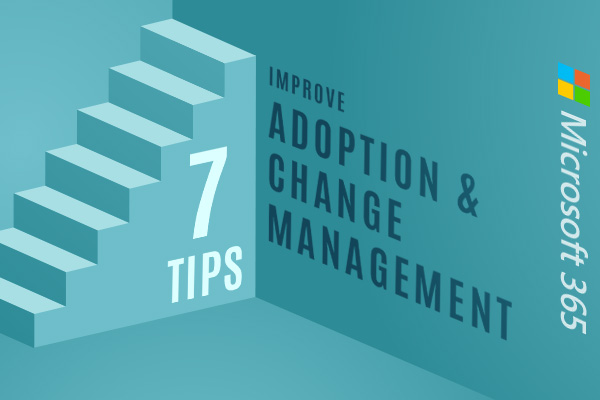
In this post we’re going to explore seven tactics to improve Office 365 adoption and change management that we’ve seen often work.
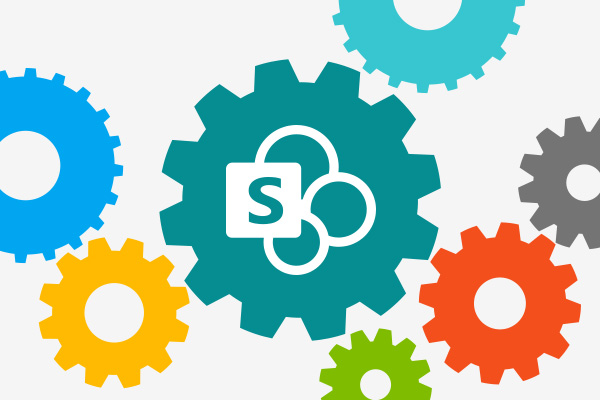
SharePoint intranet governance can help create a successful and sustainable intranet that supports employees, drives value and provides great content.
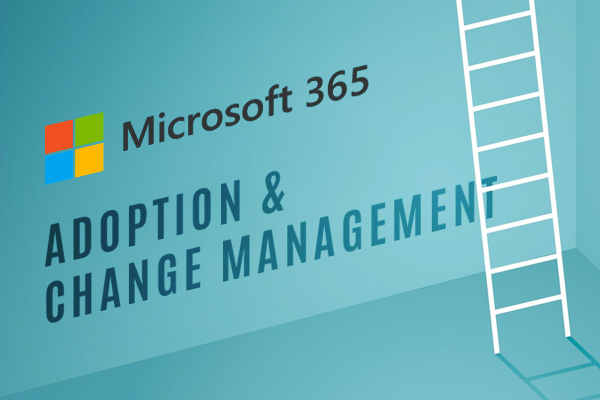
In this post, we’re going to explore why Office 365/Microsoft 365 ACM is so important and some of the associated challenges and the elements that need to be in place for a successful ACM programme.
Book in a live demo with us to discuss your project and find out more about our services, solutions and how we can add value to your digital workplace. Simply fill out the form and pick a time and date in our calendar.
Alternatively, if you have a question and would like more information about Content Formula, please visit our contact us page.
We look forward to meeting you.
We use cookies to give you the best experience on our site. By continuing to use our website, you are agreeing to our use of cookies. To find more about the cookies, please see our cookie notice.
You can also read our privacy policy.